Budget Update 2020
There is very little that is familiar about this year’s budget process. Delivered 5 months late and in the midst of a global pandemic, the budget contained an eyewatering deficit and fiscal measures of support that are by far the largest in history. In this newsletter, we unpack the underlying policy intent of the 2020 Budget. The collective analysis of the Budget clearly indicates that the pandemic is going to impact our economy and way of life for many generations to come.
This is a budget of support for an economy that has been materially disrupted by Government decree. The entire economic impact is a direct product of Government intervention to restrict movement of people and shut down commerce in their effort to protect lives.
COVID-19 continues to grip the global population, and authorities’ preferred response is to restrict the spread of the virus by constraining human contact. At this stage of the pandemic, the measurements of success that are published all revolve around health or the loss of life. This budget is largely an attempt to counter the economic cost – the loss of future productivity.
There is no doubt that COVID-19 has cost lives. The loss of life in Australia has been lower both as a proportion of population and in absolute terms than in many other countries. Perhaps this is due to the restrictions we have had imposed on us, perhaps history will show there was a different reason. Only the passage of time will allow the true measures and corresponding judgement of our collective response to this pandemic.
The measures outlined in this budget are definitely in the shock and awe category and it is compelling to believe that this will get us all back to normal - quickly. However, we need to recognise that for as long as new COVID-19 cases are diagnosed, large parts of the Australian economy are likely to remain mothballed - many parts of the economy are still not scheduled to reopen until closer to Christmas and this goal continues to be moved by state authorities.
State Governments are the key to management of the response to the COVID-19 pandemic. The growth goals of the budget assume a return to work and normal trading in the very near future. This assumption will be under some pressure if mitigation strategies such as those adopted by Victoria are used rather than coping strategies such as those used by New South Wales.
No one knows how long we will have to deal with the virus. It is plausible that this virus will stay active for a few years in the absence of a vaccine being developed. When viewed through an economic lens the longer commercial activity is restricted the more challenges the country is going to face into the future.
Eyewatering deficit – what does this mean?
The numbers of this Budget are simply staggering. At the 2019-20 Mid-Year Economic and Fiscal Outlook, the underlying cash balance for 2020-21 was forecast to be a surplus of $6.1 billion (0.3% of GDP) however the reality outlined in the budget in October expects the underlying cash deficit to be $213.7 billion (11.0% of GDP).
In terms of the increase in debt, gross debt is expected to be 44.8% of GDP or $872 billion at the end of 2020-21, with net debt a slightly lower 36.1% or $703 billion.
Can we afford this? Strangely enough, and with the caveat of in the short term - yes, we probably can. As a result of the ultra-low interest rate settings that are now common across the globe the interest payments due today are lower than those incurred in the mid 1990’s. It is also not a historic high point if compared as a percentage of GDP. Gross debt peaked in Australia in 1946 at 120% of GDP. Of course, GDP itself was comparatively small in the years post the second world war. But like your own budget the ability to service a debt is different to paying it down and a servicing measure ignores the potential that the cost increases if interest rates increase.
Many analysts ask if Australia will ever be in a position to be able to pay back the measures outlined in this budget and if so, when? When can we expect to see a budget surplus again? Certainly unlikely in the next decade but really these questions miss the underlying issues.
A better way to view the pandemic response is to ask if the extreme stimulus measures outlined in this budget and largely reflected around the globe, continue to encourage economic growth or will they start to prevent or stifle the economic activity they are so desperately trying to encourage?
Excessive Government intervention leads to the phenomenon of crowding out. Crowding out theorises the inability of market forces to reach some sort of equilibrium due to Government intervention. This theory has been used to explain several different aspects of the economy.
In terms of the cost of money if the Government increases spending and funds this through debt (as it has done) the potential is that this leads to inflation. At least it has been linked to inflationary periods historically and the subsequent textbook response is to increase interest rates. Any increase in interest rates from the current point will be an absolute negative shockwave to the global economy.
However, this is not a problem right now. There is currently no indication of inflation in the foreseeable horizon for Australia or our major trading partners globally. There is no indication that interest rates are going to rise in the short term. They may even be taken to a negative value, but this is a topic for another newsletter. Whatever direction they move (or don’t move) in the short term does not correlate to a reduction in the risk of rising at some point in the future.
Notwithstanding the challenge to envisage an alternative to the current low rates, it is hard to believe that the current interest rate environment will remain the same for the next 5, 10 or even 20 years. Be mindful the very large increase in debt has now made our economy increasingly sensitive to interest rate increases.
Unemployment
The longer commerce and trade are artificially restricted, the longer it is going to take to get back to some sort of normal. If indeed it can. The JobKeeper and JobSeeker programs have been the Government response to retain jobs. The idea is that the Government has decreed that businesses must shut – to prevent the spread of the virus – but has protected jobs until business can reopen again. You might have heard the phrase “bridge the gap” or “build a bridge”.
This measure has also placed large sums of money back into the economy by people on these programs having money to spend. However, 6 months on and the JobKeeper program is also cited as being the cause of employers not being able to get people to return to work. There are a number of examples cited in the media that businesses have advertised positions to no avail. JobKeeper/Seeker is presumably worth more than the advertised positions.
It should be recognised that these programs are being phased out, but this has not stopped the more colourful media pundits labelling them “Job dodger or job sleeper” recognising that Government intervention has discouraged prospective employees from taking up jobs.
The budget focus should address this concern with the phasing out of the JobKeeper and Seeker programs to be replaced with JobMaker and JobTrainer programs to further encourage the employee and employer relationship.
The Support
This budget provides a mix of incentives to encourage business to enter into transactions, encourage individuals to get back to work, as well as protect the many members of our community that remain vulnerable. The details of measures are explained separately; what we are trying to do here is to put some rationale around how the measures might meet the overall goal of restarting the economy.
For those that do have jobs, a tax cut will allow you to retain more dollars in your pocket for the same personal exertion. This is a direct incentive to the individual. The Government has a bias towards lower incomes with the cuts decreasing in percentage terms as income increases with no change over $180,000 p.a. It also addresses the problem of bracket creep that the Australian tax system constantly faces.
There is an incentive for businesses to hire and train employees. This is the JobMaker and JobTrainer incentives aimed at the younger age group of under 35s. Some analysts have commented that this bias excludes many older workers particularly women who are also looking for work. This may prove to be correct, but the fact remains that it is a direct subsidy designed to encourage the employer and the employee to broker agreements, which should assist in reducing unemployment queues.
Business has been a large focus of this budget. The approach is to encourage investment with instant asset write-offs, incentivising people to bring forward purchases and measures to utilise prior year losses. Business groups have largely supported the measures as being the right focus in light of the Government’s stated goals of increasing economic activity.
Monetary policy - lower for longer
The RBA interest rate decision was delivered on the same day the budget was released, keeping rates at the current 0.25% setting. Bill Evans the Westpac Chief Economist and other well respected analysts are on record forecasting the RBA to further reduce the cash rate to 0.1% in 2020. The same economists also forecast continued low inflation into the medium term.
It is interesting to note that the last time the RBA raised rates was almost 10 years ago on 3 November 2010. Based on forecasts, it is a strong probability that we remain at these low rates for perhaps as long as another 5 years. Only time will tell.
Reinforcing this theme is the change from the US Federal Reserve that has amended its inflation approach, now taking a medium term outlook for rates and indicating that a spike in inflation would be ignored when the decision to raise rates in response to inflation is discussed.
If you are an observer of financial markets over time, it is a reasonable observation to suggest we now have fiscal and monetary settings aligned globally and aimed at maximum stimulus to encourage economic activity. The outcome of these settings has no historical precedent. We live in interesting times!











